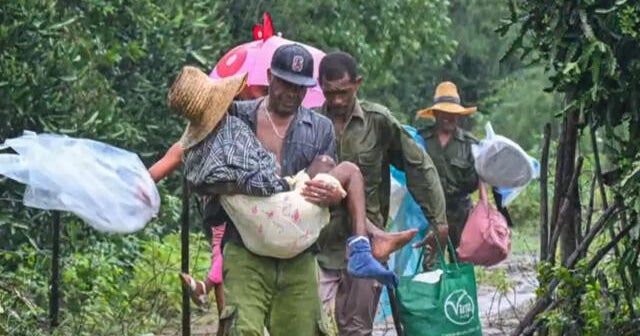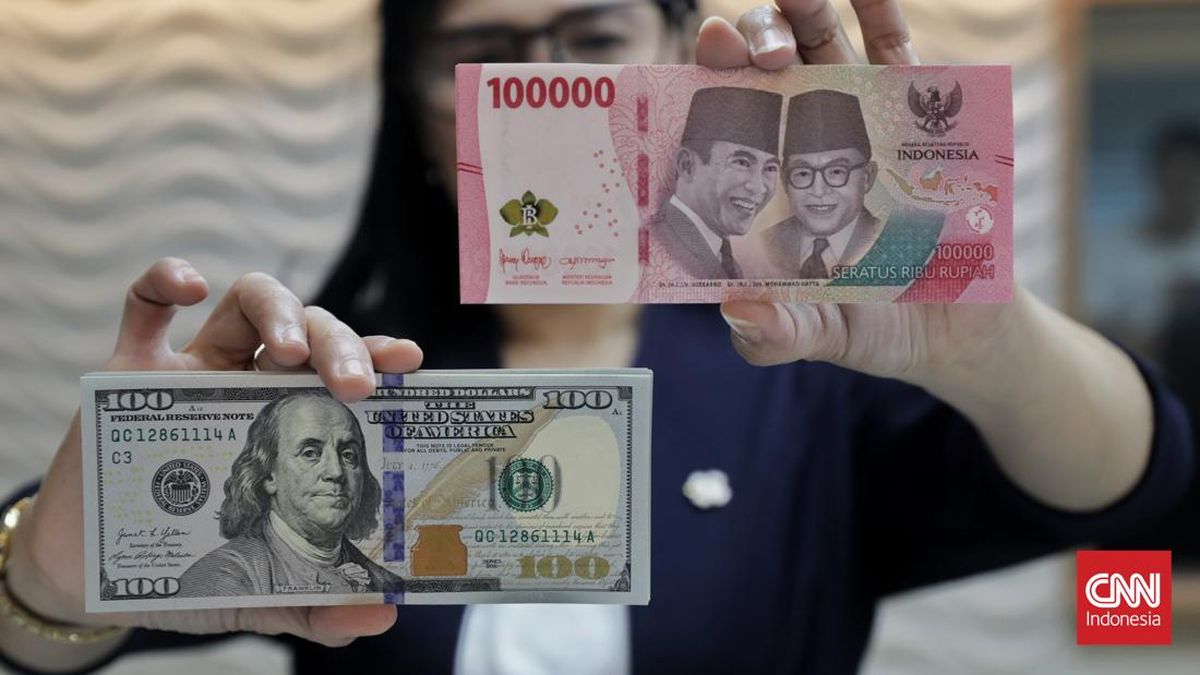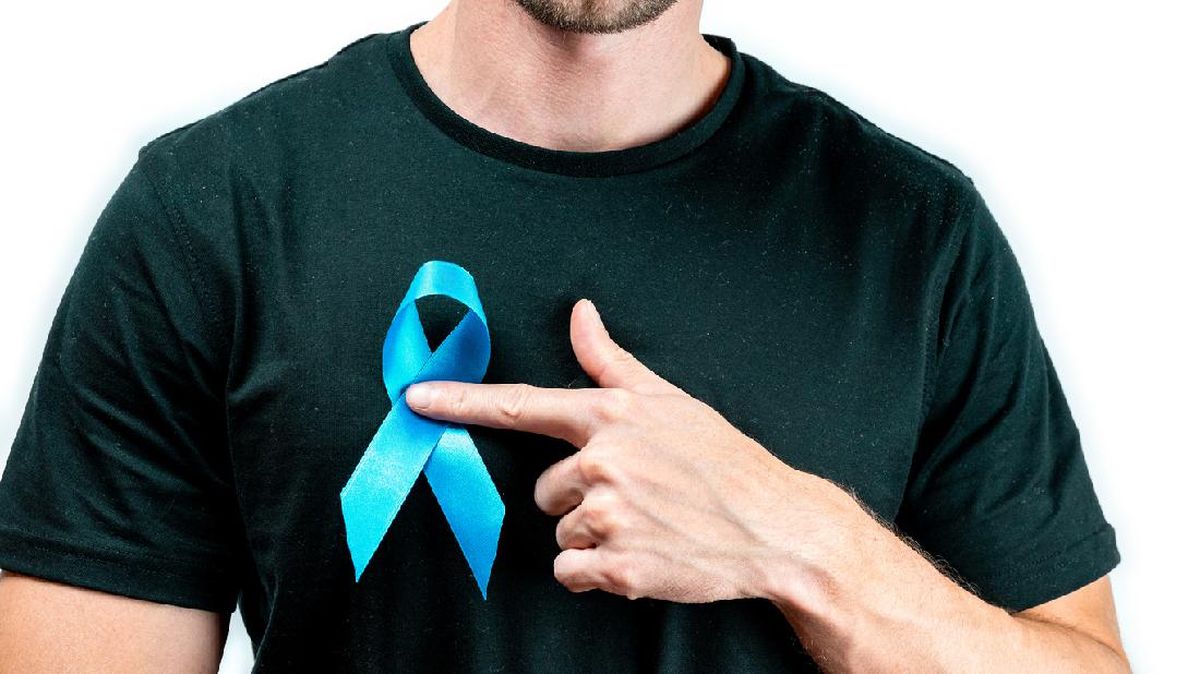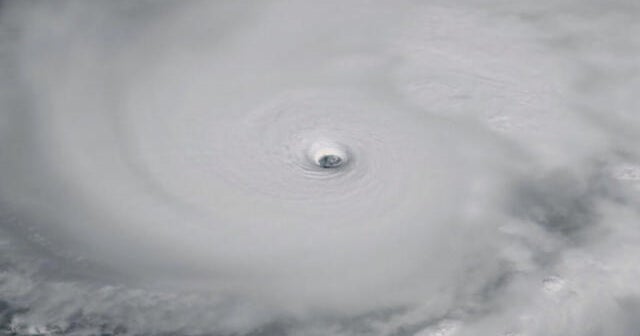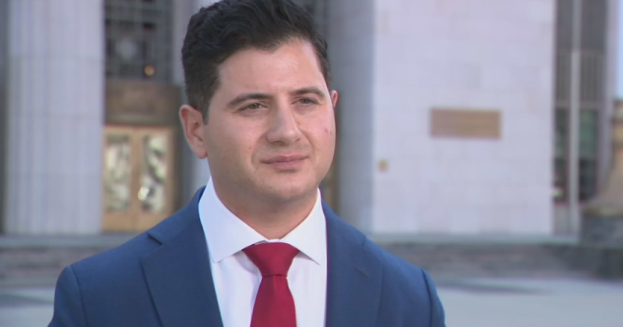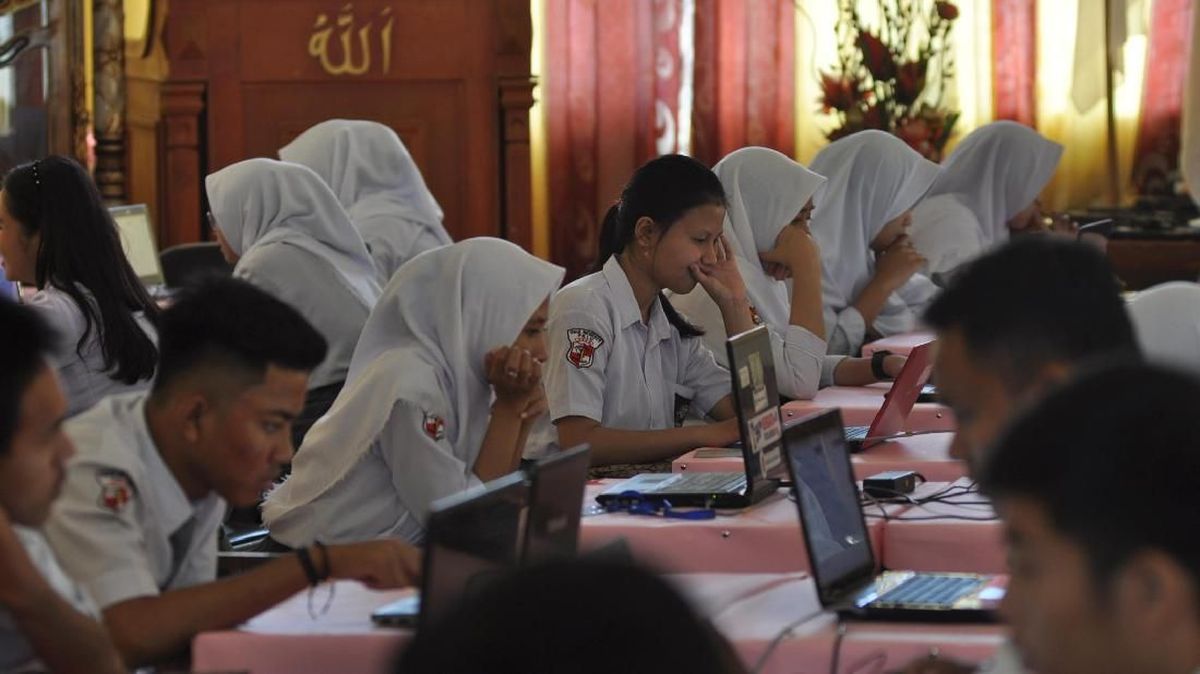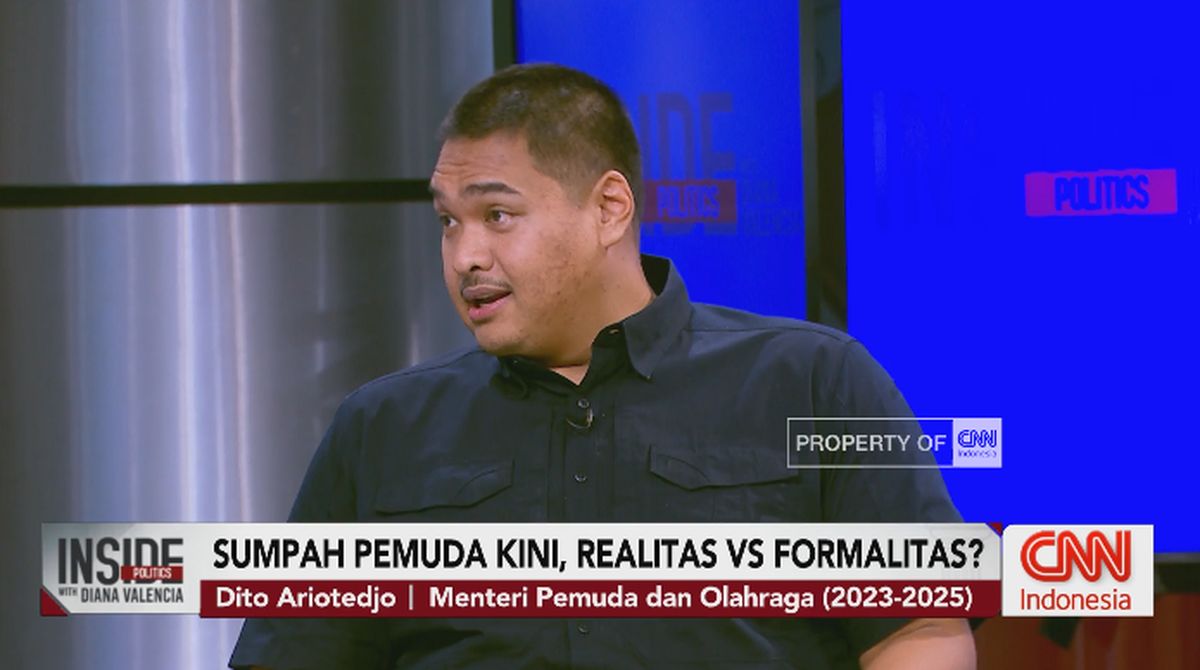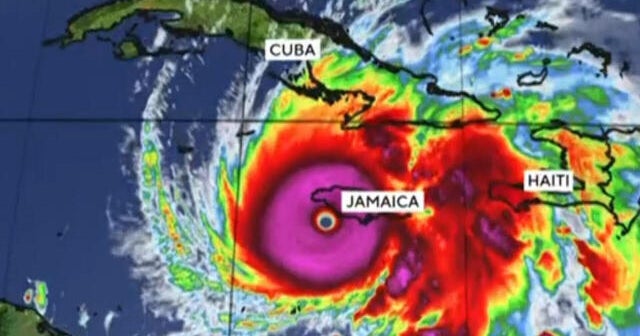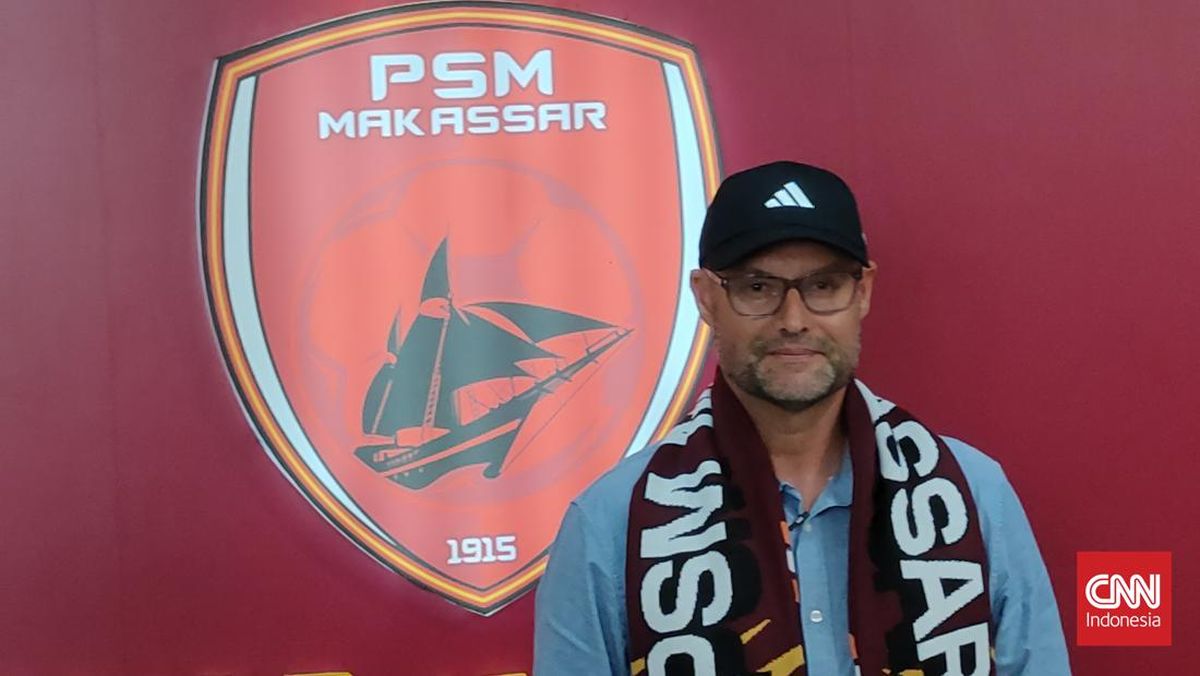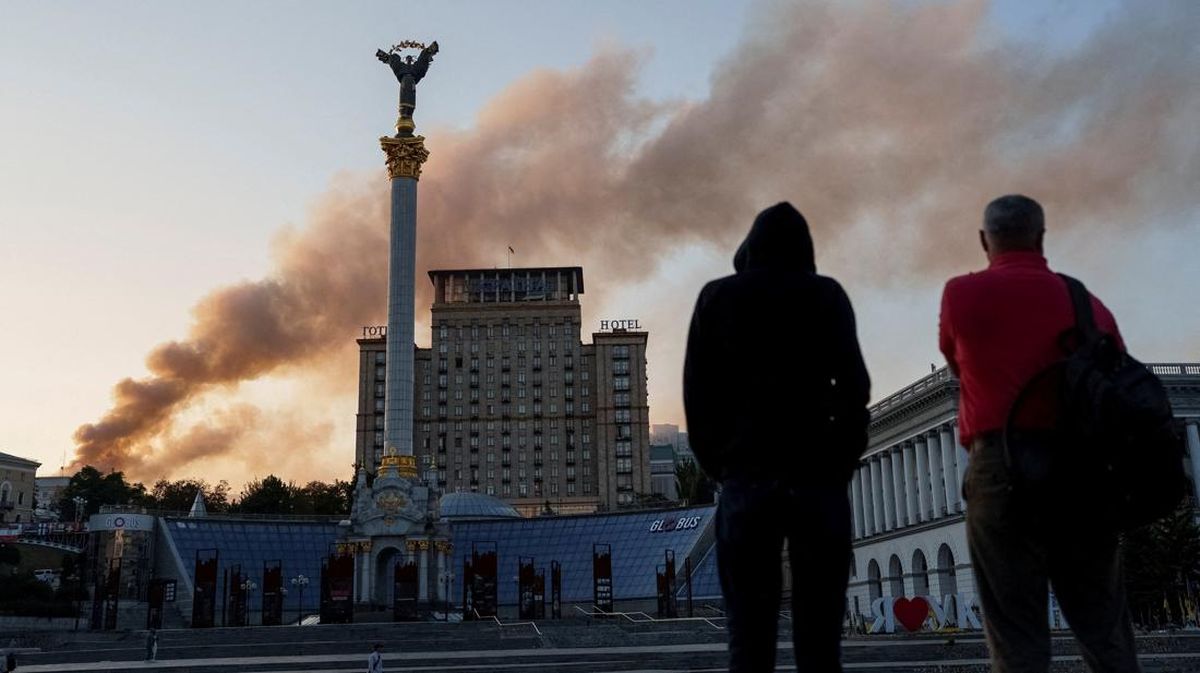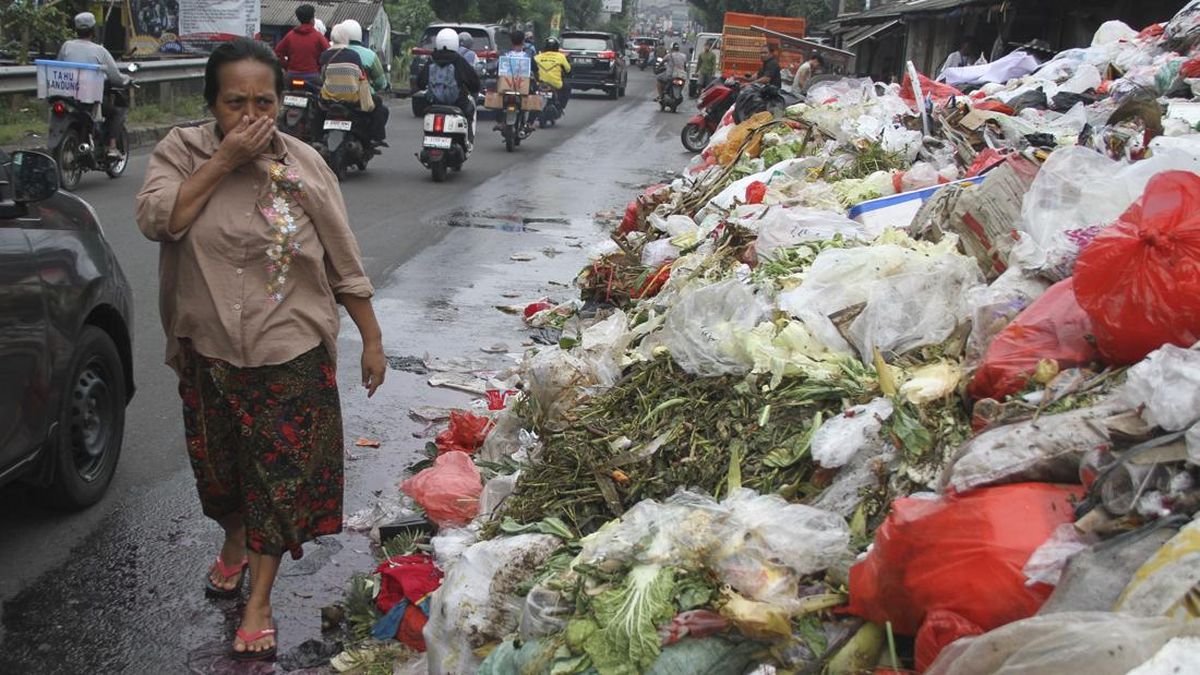St Kilda beach takes the dubious prize for the dirtiest beach in Melbourne, while Santa Casa – in Queenscliff on the south-eastern end of the Bellarine peninsula – is the cleanest.
Environment Protection Agency (EPA) beach pollution data compiled for this masthead shows the overall water quality in Port Phillip Bay over the 2024-25 summer was ranked as “good” 71 per cent of the time, “fair” 19 per cent of the time, and “poor” 10 per cent of the time.

St Kilda beach ranked as Melbourne’s dirtiest beach last summer.Credit: Paul Jeffers
But the Victorian EPA has warned that water quality will be highly variable this summer, and pollution at some beaches could be higher.
Not only will Melbourne experience a hotter-than average summer – leading more people to the beach – the Bureau of Meteorology forecasts higher-than-average rainfall levels for summer, which will wash pollution into the bay.
Beaches with nearby stormwater systems, including St Kilda, Port Melbourne and Frankston, are predicted to have lower-quality water particularly after rain.
As rain washes streets and footpaths, and runs into stormwater systems, creeks and waterways – and ultimately into the bay – it takes pollutants including animal waste with it.
Scientists test 36 locations along Port Phillip Bay for the microbial indicator, enterococci, a group of bacteria found inside warm-blooded animals, which are considered the best indicator for the presence of faecal contamination in water.
Animal faeces-polluted water – even in small amounts – can cause skin irritations or gastro symptoms in people.
The EPA on Monday warned the weekend’s heavy rains – which caused flash flooding in some areas – had resulted in water quality being poor in the Yarra River and along the entirety of Port Phillip Bay.
Four locations along the Yarra River are also tested regularly, although two of those sites – Kew and Launching Place – are always forecast as “poor”, because of their background microbial water quality levels, the EPA said.
Chief environmental scientist Dr Jen Martin said although higher-than-average temperatures were forecast for summer, Melburnians should check local conditions before seeking relief at bay beaches.
“The conditions could make a dip in the bay enticing but could also increase the risk of getting sick because of poorer water quality.”
In Melbourne last summer, St Kilda consistently tested as having the poorest-quality water, closely followed by Port Melbourne, Mentone and Beaumaris.
Water testing at Elwood, the Frankston Coast Guard building, and at Mordialloc revealed those sites had slightly better water quality, but still rated in the bottom 10.
Loading
Testing revealed the water quality at Frankston Life Saving Club and South Melbourne Life Saving Club was also relatively poor, while Williamstown, Seaford, Altona and Carrum Surf Life Saving Club rounded out the 10 beaches with the poorest water quality.
Last summer, the beaches with the cleanest water were Santa Casa, Portsea and Mt Martha.
Black Rock and Brighton had the cleanest water close to the CBD, while Portarlington, Safety Beach, St Leonards, the Dell and Sandringham rounded out the top 10 beaches for cleaner water in Port Phillip Bay.
“Beaches with the best water quality forecasts are generally dominated by the Mornington Peninsula and Geelong/Bellarine Peninsula, followed by Melbourne beaches like Sandringham and Black Rock Beach which are located away from the mouths of major waterways,” Martin said.
“These beaches are less likely to be impacted by stormwater pollution after rain.”
To check where it’s safe to swim this summer, visit the EPA’s water quality site.
Start the day with a summary of the day’s most important and interesting stories, analysis and insights. Sign up for our Morning Edition newsletter.
Most Viewed in National
Loading

